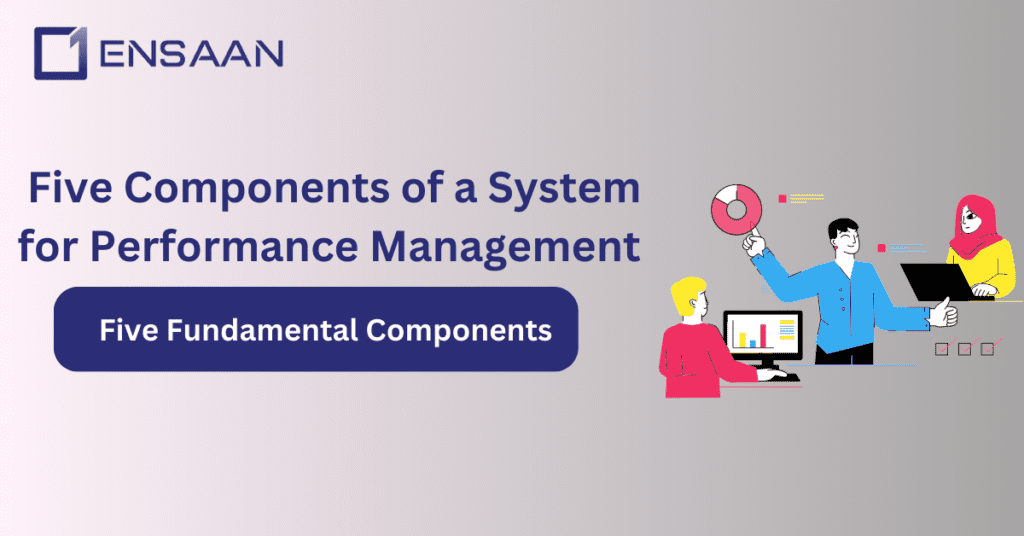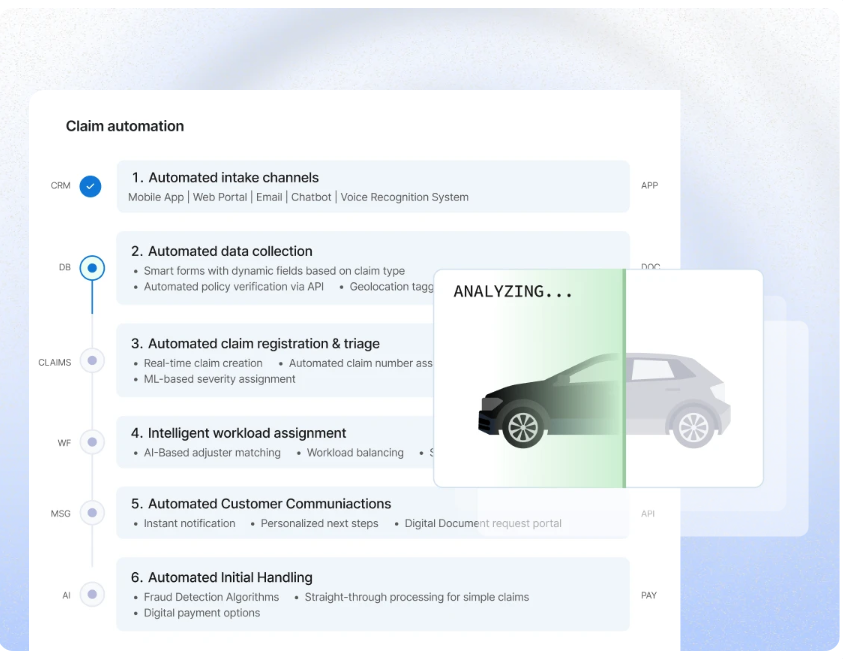To drive organizational success in today’s competitive business context, performance management is essential.
It makes sure that workers’ aims and the company’s goals are in line, which boosts output, engagement, and job happiness.
Businesses rely on all-inclusive Performance Management Systems (PMS) to hasten goal-setting, performance tracking, feedback, and development in order to facilitate this process.
The five essential components of a performance management system will be covered in this tutorial, along with how Cornerstone and other platforms may assist businesses in putting these components into practice.
Leading supplier of performance management software, Cornerstone assists companies in raising worker productivity and achieving superior outcomes.
A Performance Management System: What Is It?
An integrated set of tools and procedures called a performance management system is used by businesses to monitor, assess, and enhance worker performance.
Businesses can use it to track workers’ progress toward objectives, provide them feedback, and promote ongoing learning.
Annual reviews are only one aspect of effective performance management; regular feedback, growth opportunities, and performance evaluations are all part of this continuous process.
When implemented properly, it raises worker engagement, motivation, and productivity.
The Performance Management System’s Five Fundamental Components
The following five components are essential to an effective performance management system:
-
- Establishing Goals
-
- Constant Evaluation
-
- Workplace Training
-
- Evaluations and Reviews of Performance
-
- Acknowledgment and Benefits
Let’s examine each component in more detail and talk about how Cornerstone facilitates their integration into a seamless framework for performance management.

1. Establishing Goals :
The cornerstone of any performance management system is goal setting.
It comprises setting attainable, quantifiable, and clear objectives for staff members and coordinating them with the strategic vision of the company.
Why is it Important to Set Goals?
- It gives workers a goal and direction so that their efforts are directed toward the success of the business.
- Workers are aware of their obligations, and companies can evaluate both individual and group performance in relation to predetermined targets.
- Setting and achieving goals effectively boosts motivation and responsibility.
How Cornerstone Encourages Setting Goals Employees and managers can work together to create SMART goals (Specific, Measurable, Achievable, Relevant, and Time-bound) with Cornerstone’s performance management tools.
Transparency is further ensured by the platform, which allows staff to monitor progress and modify goals in response to shifting business requirements.
Moreover, Cornerstone provides goal alignment tools that let businesses connect individual goals to overarching organizational objectives.
2. Ongoing Input :
Annual reviews are no longer the exclusive time for feedback. Ongoing, in-the-moment feedback is essential for staff development and performance enhancement.
Employees can make course corrections along the way, reinforce excellent actions, and receive assistance in identifying concerns as they develop.
Why Is Constant Feedback Vital?
- It encourages a climate of candid dialogue and teamwork.
- When employees receive timely coaching, their performance improves immediately.
- Frequent feedback encourages participation and lessens the stress associated with annual reviews.
How Cornerstone Enables Constant Input Cornerstone’s user-friendly platform makes real-time feedback possible.
Using desktop or mobile applications, managers and peers can offer continuous feedback, guaranteeing that staff members receive prompt direction and acknowledgement for their accomplishments.
Cornerstone encourages open communication and a culture of continual development throughout the company via its feedback tools.
3. Training of Staff :
An essential component of performance management is employee development.
It centers on providing chances for staff members to advance their careers, learn new things, and develop within the organization.
Development promotes long-term career progression and staff retention in addition to performance improvement.
What Makes Employee Development Crucial?
- It gives workers the abilities they need to handle challenges both now and in the future.
- Providing opportunities for growth increases job satisfaction and aids in keeping top people.
- It fosters an attitude of growth and ongoing education inside the company.
How Cornerstone Encourages Staff Advancement With Cornerstone’s integrated Learning Management System (LMS), businesses may provide individualized learning paths based on the requirements for professional growth of each employee.
To support employees as they advance in their positions, the platform gives them access to a multitude of learning tools, such as online courses, workshops, and certifications.
Cornerstone guarantees that staff members can take comments to heart and develop their abilities by merging learning and performance management.
4. Performance Assessments and Appraisals :
An official assessment of an employee’s work over a predetermined time period is provided by performance reviews and evaluations.
Continuous feedback concentrates on daily duties, whereas performance reviews provide a thorough picture of an employee’s accomplishments, areas of strength, and potential growth.
Why Are Assessments and Reviews of Performance Important?
- They provide a methodical approach to performance evaluation and constructive criticism.
- Managers can identify top achievers and staff members who require more support by using evaluations.
- They offer the information required to decide wisely regarding development plans, raises, and promotions.
How Cornerstone Improves Evaluations of Performance Cornerstone provides editable performance review templates that are tailored to the requirements of your company.
The platform provides employees with a comprehensive view of their performance by supporting manager evaluations, peer reviews, self-assessments, and 360-degree feedback.
Managers may reduce bias in the review process by making fair and objective evaluations with Cornerstone’s data-driven insights.
5. Acknowledgment and Prizes :
Rewards and recognition: By praising workers for their accomplishments and promoting constructive behavior, these elements are essential to performance management.
Celebrating accomplishments encourages staff members to pursue greatness, retain top talent, and raise morale.
Why Do Rewards and Recognition Matter?
- They promote consistent high performance and foster a healthy work atmosphere.
- Acknowledging workers’ efforts increases their loyalty and sense of fulfillment at work.
- Monetary or non-monetary rewards offer concrete motivation for reaching objectives.
How Cornerstone Encourages Acknowledgment and Praise Employee recognition options on Cornerstone’s platform include badges, awards, and public acclaim.
Companies can also create incentive reward schemes to promote particular actions or achievements.
Whether it’s through official recognition programs or team shout-outs, Cornerstone assists in creating an environment where workers feel appreciated for their contributions.

Conclusion
To propel organizational success, a performance management system that works is crucial.
It promotes development, gives frequent feedback, harmonizes employee goals with company objectives, and acknowledges accomplishments.
Establishing a performance management system that addresses all five essential components, Goal Setting, Continuous Feedback, Employee Development, Performance Reviews and Evaluation, and Recognition and Rewards—is made possible by platforms such as Cornerstone.
Businesses may establish a high-performance culture where people are driven to achieve, grow, and contribute to the long-term success of the firm by utilizing Cornerstone’s cutting-edge solutions.
Whether you run a small or large company, incorporating these components into your performance management plan can help you increase productivity, boost employee engagement, and achieve better results.








